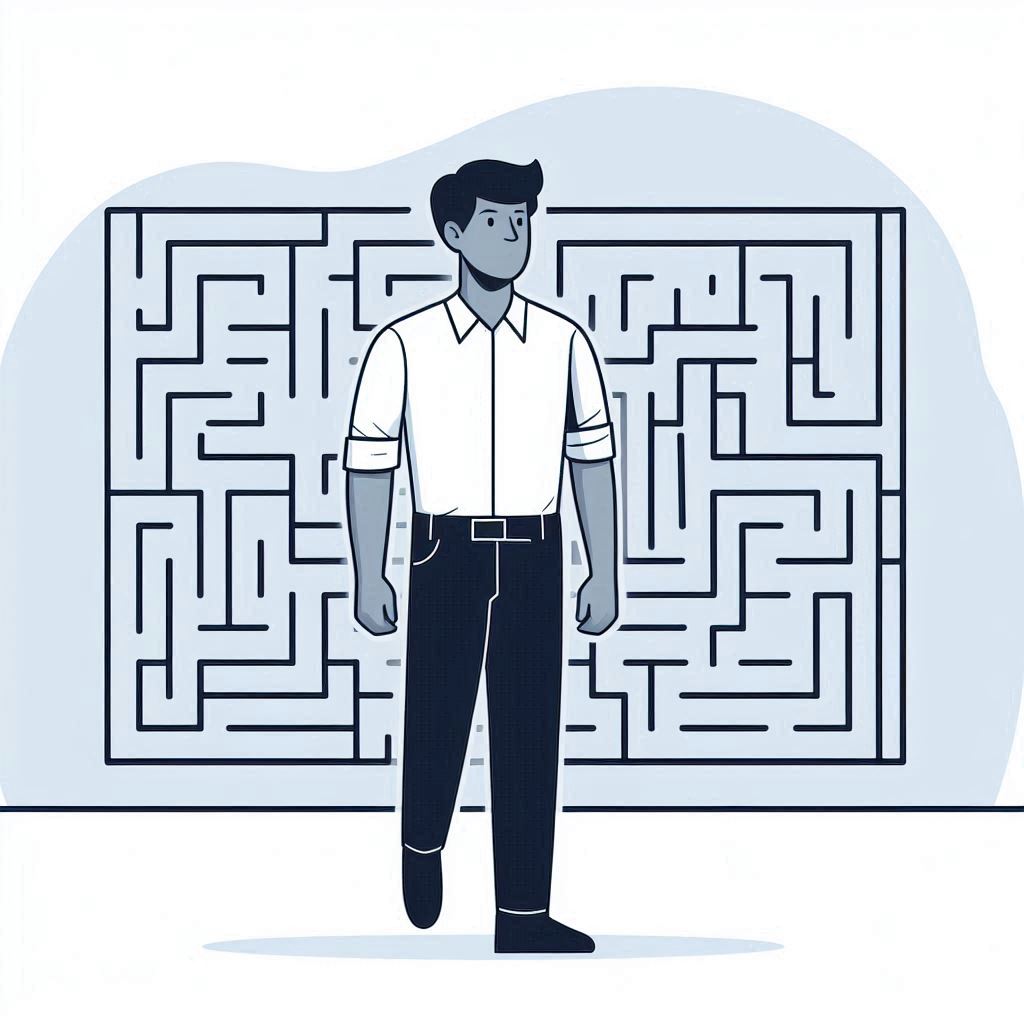Ever feel like people are taking advantage of you? Struggling to say “no”? Setting personal boundaries is your superpower! They’re like invisible fences protecting your feelings, space, and time. So, let’s dive in and discover how to boost those boundaries.

What Are Personal Boundaries?
Think of boundaries as the invisible fence around your house. They decide who gets in, how close they get, and what they can do. And guess what? You make the rules! Boundaries are crucial because they protect three key areas:
- Feelings: Keeping your emotional well-being intact.
- Space: Ensuring your physical space is respected.
- Stuff: Making sure your possessions are safe.
Why Boundaries Are Super Important
Would you let just anyone waltz into your house and mess with your things? Probably not! It’s the same with your personal space and feelings. Boundaries help you:

- Reduce Stress: Worry less about people taking advantage of you. Knowing you have clear boundaries in place can ease your mind and create a sense of peace.
- Build Stronger Relationships: Trust grows when others respect your needs. Being honest about your boundaries fosters mutual respect and understanding.
- Boost Self-esteem: Shows you value yourself. When you set and maintain boundaries, it’s a powerful declaration that your needs matter.
- Avoid Burnout: Take care of yourself first. Saying “no” when necessary ensures you’re not overextending yourself.
- Gain Control: Make choices that feel right for you. Boundaries empower you to live life on your terms, free from undue pressure.
Types of Personal Boundaries
Just like fences come in different styles, so do boundaries. Here’s a closer look at the different types and why they matter:
- Physical Boundaries: Protect your body and space. This includes deciding who gets to hug you, how close people can stand, and whether others can borrow your belongings. For instance, if someone keeps touching your arm after you’ve asked them to stop, they’re violating your physical boundary.
- Emotional Boundaries: Guard your feelings. You get to choose who you share personal information with, say “no” to requests that make you uncomfortable, and walk away from conversations that upset you. For example, a friend spreading your secret is crossing your emotional boundaries.
- Mental/Intellectual Boundaries: Defend your thoughts and opinions. Stand up for your beliefs even when others disagree, avoid engaging in futile arguments, and steer clear of people who belittle your ideas. If someone constantly calls your ideas stupid, they’re disrespecting your intellectual boundaries.
- Sexual Boundaries: Decide what happens with your body. This includes what kind of physical touch you’re comfortable with, saying “no” to unwanted sexual activity, and practicing safe sex. It’s your right to make these decisions.
- Material/Financial Boundaries: Safeguard your money and possessions. Decide who can borrow your money, set a budget for spending, and ensure your belongings are well cared for. If your sister keeps borrowing money without repayment, she’s violating your financial boundaries.
- Time Boundaries: Manage how you spend your time. Set aside time for homework, ignore phone calls during dinner, and limit social media usage. If a classmate interrupts your study time, they’re not respecting your time boundaries.
Setting Healthy Boundaries – Your Right!
Setting boundaries might feel awkward at first, but it gets easier with practice. Here’s how to become a boundary-setting superstar:
- Know Your Needs: Reflect on what feels good and bad. Consider what’s important to you and what you won’t tolerate.
- Start Small: Set one boundary and see how it goes. For instance, limit your time on social media or allocate quiet time for homework.
- Speak Up!: Use “I” statements to communicate your needs. Instead of saying, “You always interrupt me!” try, “I feel frustrated when I get interrupted. Could you please wait until I’m finished speaking?”
- Be Consistent: Stick to your boundaries. If you enforce them inconsistently, it can lead to confusion.
- Set Consequences: Decide what happens if boundaries are violated. This might mean ending the conversation, taking a break from the person, or seeking help from a trusted friend or professional.

Maintaining Your Boundaries
People might not like it when you set boundaries. Stay strong:
- Don’t Give In to Pressure: Remember why you set the boundary. Your feelings and needs are important.
- Practice Self-care: Make time for activities that make you feel good, like spending time with supportive people, enjoying hobbies, and getting enough sleep.
- Re-evaluate Boundaries: Check in with yourself periodically to ensure your boundaries are still serving you well.
Healthy vs. Unhealthy Boundaries
Here’s a comparison to help illustrate the difference:
Healthy Boundaries:
- A friend borrows your game, but you need it back by Friday.
- You feel overwhelmed, so you reschedule with a friend.
- You tell someone their comment was hurtful.
Unhealthy Boundaries:
- Lending your favorite shirt to a friend because you’re afraid they’ll be mad.
- Listening to an uncomfortable story to avoid being rude.
- Agreeing to something against your values out of fear of judgment.
Products and Services to Support Your Boundaries
- Protective Clothing: Boosts self-confidence by providing an extra layer of protection.
- Self-defense Training: Helps build the courage to set and defend boundaries physically and emotionally.
- Books: “Verbal Judo” by George J. Thompson and “The Gentle Art of Verbal Self Defense” by Suzette Haden Elgin provide tools to recognize and address boundary violations.
Conclusion
Setting and maintaining personal boundaries is about taking care of yourself and respecting your needs. It’s all about being brave enough to say “yes” to what feels good and “no” to what doesn’t.
Remember:
- You have the right to set boundaries.
- Boundaries build stronger relationships.
- Practice makes proficient!

Embrace your superpower and start setting those boundaries today!

